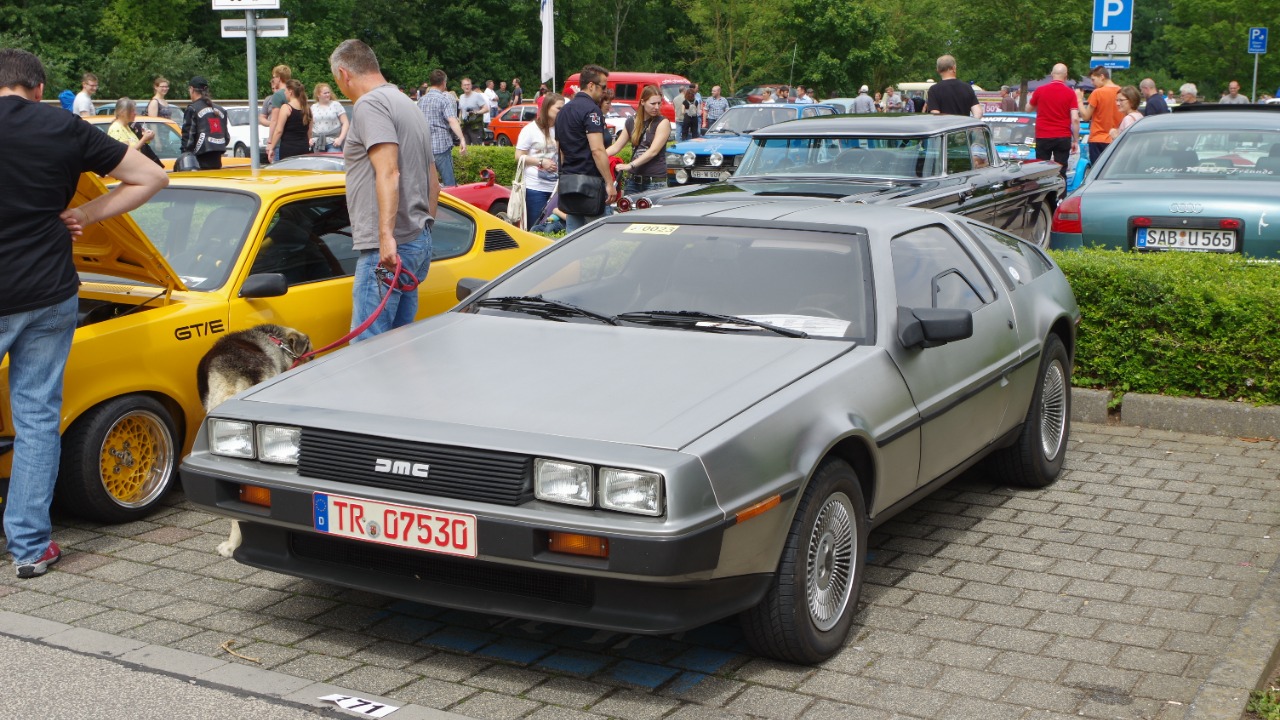
In the world of automotive design, concept cars often steal the spotlight at auto shows, promising breakthrough innovations and futuristic designs. However, not all concept hits transition smoothly to commercial success. Some, despite their initial buzz, fall short when it comes to production and consumer acceptance. Let’s explore eight cars that made a splash as concepts but ultimately flopped.
Ford Nucleon

The Ford Nucleon was an ambitious concept car introduced in the 1950s, envisioned to run on a small nuclear reactor. The idea was to create a vehicle that required refueling only once in a lifetime. Despite its futuristic allure, the Nucleon never made it past the concept stage due to the impracticality and safety concerns of nuclear technology in consumer vehicles.
While the Nucleon remains a fascinating piece of automotive history, it serves as a reminder of how some concepts can be too ahead of their time. The hurdles of nuclear waste disposal and public apprehension about nuclear power were significant barriers that contributed to its downfall.
GM EV1
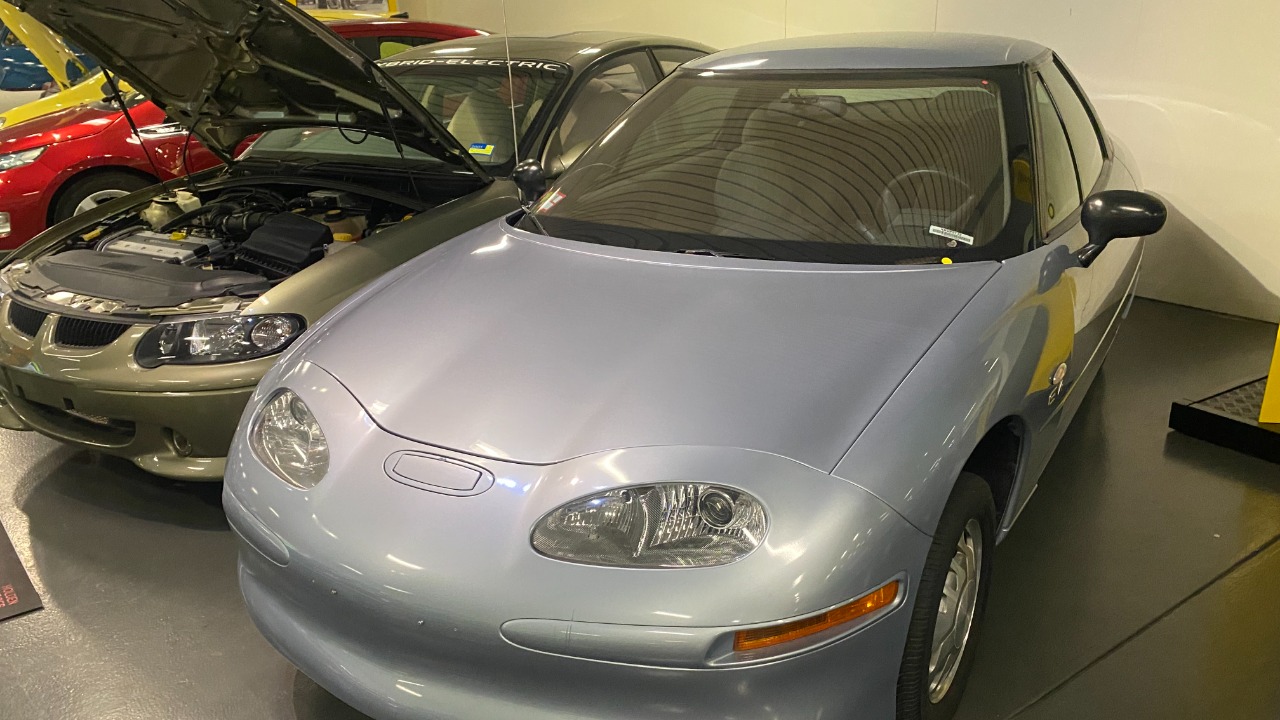
The GM EV1 was General Motors’ first foray into electric vehicles, launched in the late 1990s. As an all-electric vehicle, the EV1 was ahead of its time, promising a cleaner and greener future. However, production costs were high, and the EV1 suffered from limited range and infrastructure support. Despite a loyal fan base, GM discontinued the EV1 in 2003.
The story of the EV1 is a compelling chapter in automotive history, often cited in discussions about the challenges faced by early electric vehicles. The car’s demise has been explored in media, such as the film “Who Killed the Electric Car?” and discussions on environmental innovation.
DeLorean DMC-12

The DeLorean DMC-12 is perhaps best remembered for its role in the “Back to the Future” film series. Featuring gull-wing doors and a stainless-steel body, the DMC-12 was a vision of the future. Unfortunately, production issues, high costs, and quality concerns led to its commercial failure.
Despite its struggles, the DeLorean DMC-12 has become an icon, cherished by collectors and enthusiasts. Today, it is a symbol of 1980s pop culture and a reminder of how cinematic fame doesn’t always translate to sales success.
Chrysler ME Four-Twelve
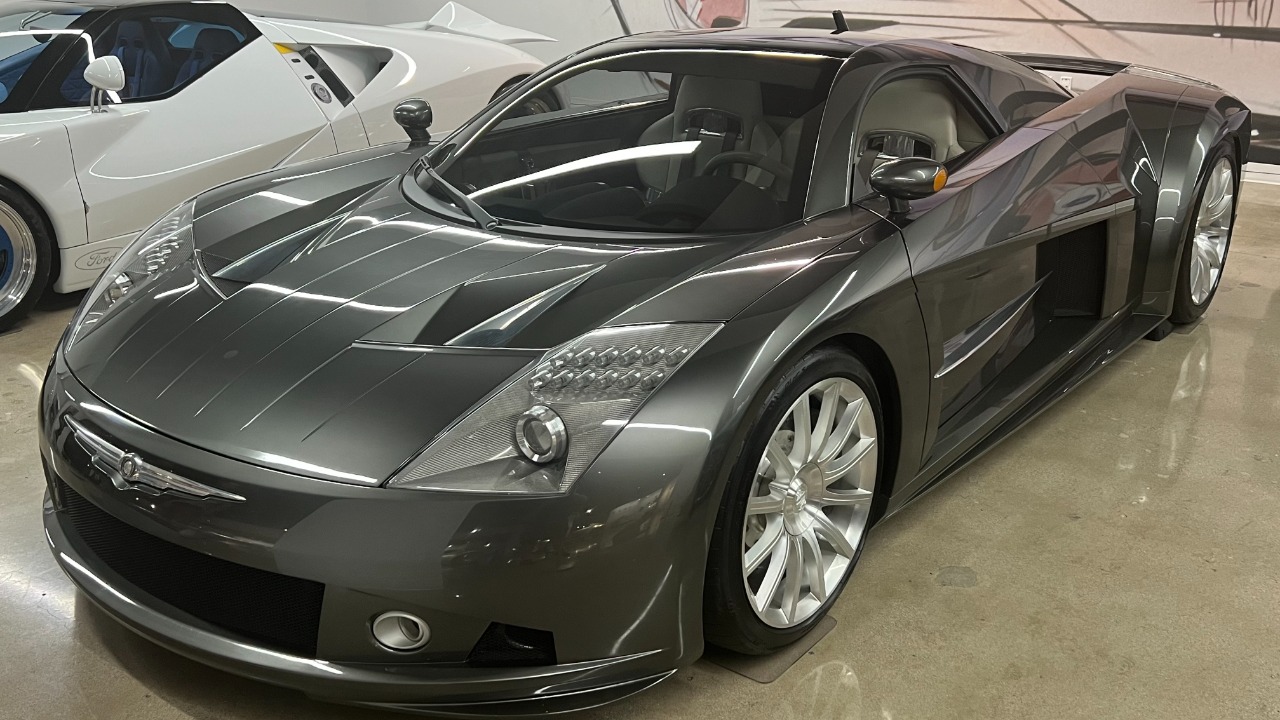
The Chrysler ME Four-Twelve was a concept car that wowed audiences with its ambitious performance promises. Unveiled in 2004, it featured a quad-turbo V12 engine designed to achieve incredible speeds. However, the car never made it to production, largely due to its high costs and Chrysler’s strategic refocus.
While the ME Four-Twelve showcased Chrysler’s engineering prowess, it serves as a case study in how financial realities can stifle even the most thrilling automotive dreams.
Jaguar C-X75
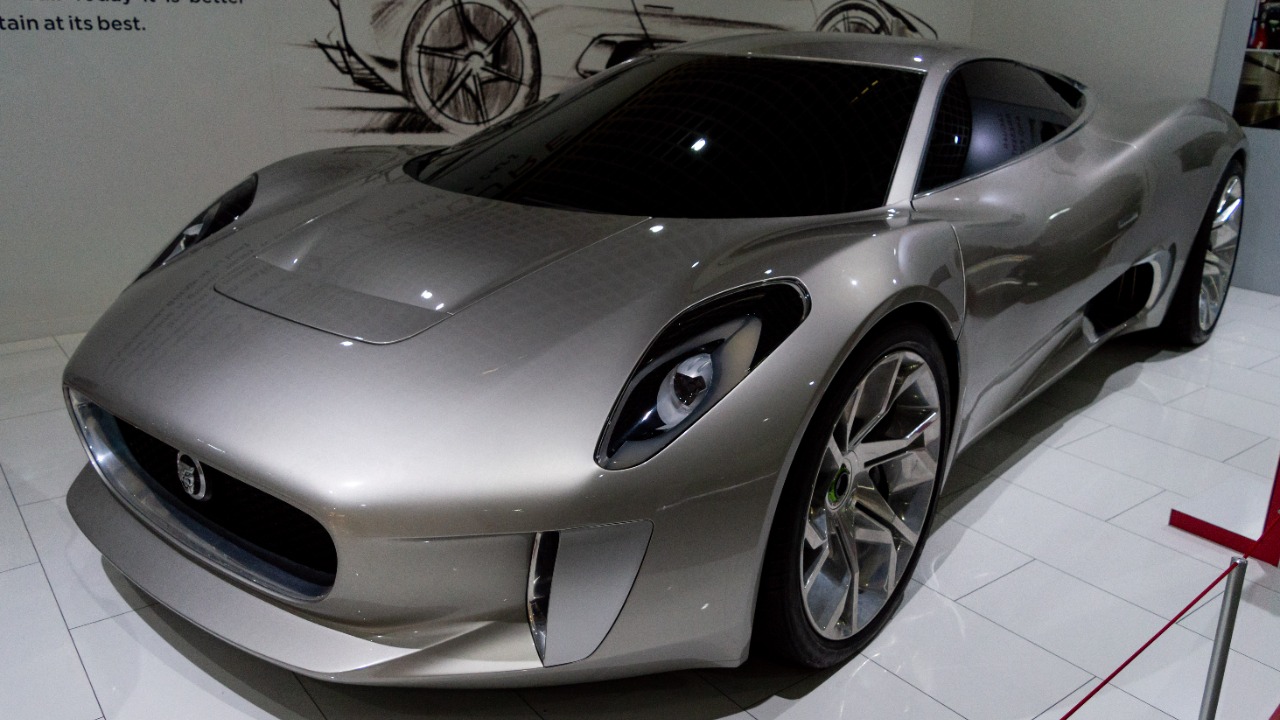
The Jaguar C-X75 was a hybrid supercar concept presented in 2010, boasting an impressive blend of performance and environmental consciousness. It was initially slated for production, but Jaguar pulled the plug due to economic uncertainties and the high cost of hybrid technology at the time.
Though it never reached consumers, the C-X75 remains a favorite among car enthusiasts and is often discussed in lists of notable concept cars that never saw the light of day.
Volkswagen Phaeton
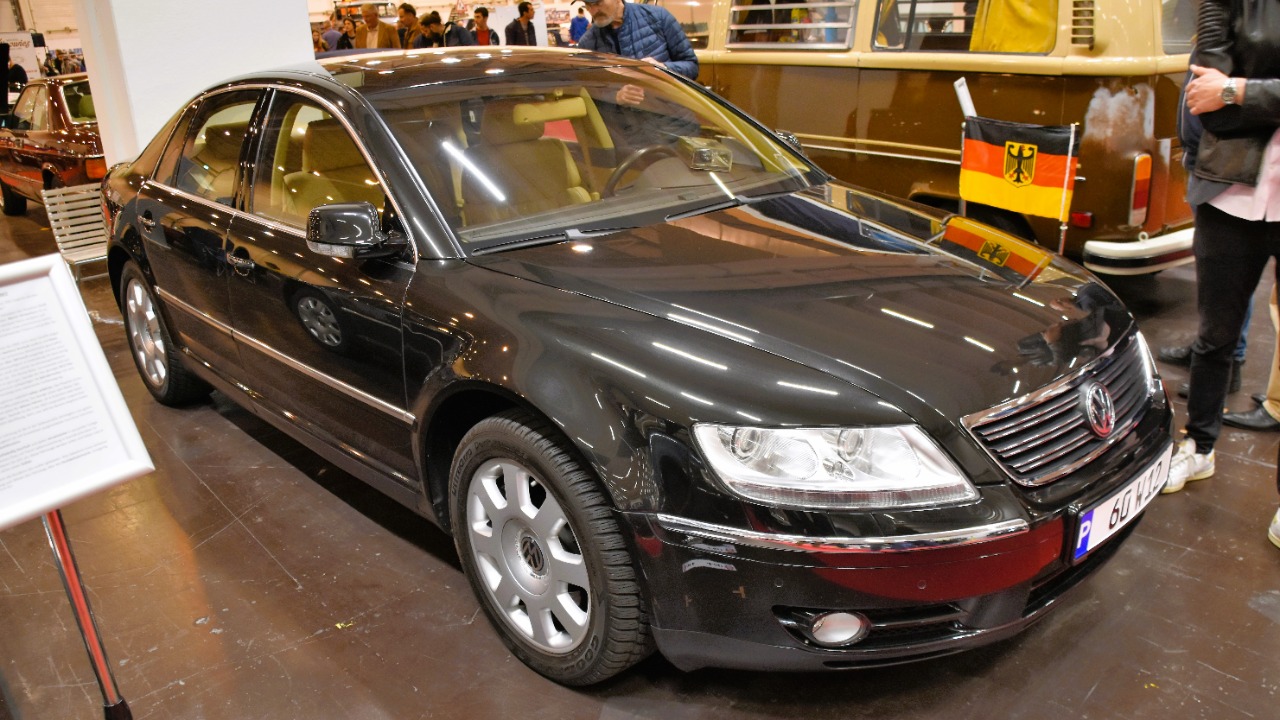
The Volkswagen Phaeton was VW’s attempt to compete in the luxury sedan market, introduced in 2002. Despite its impressive engineering and comfort, the Phaeton struggled to attract the intended clientele, who typically preferred more established luxury brands. The car’s high price and VW’s brand perception were significant hurdles.
The Phaeton’s legacy is a testament to the challenges automakers face when trying to break into new market segments, especially when brand identity doesn’t align with consumer expectations.
Pontiac Aztek
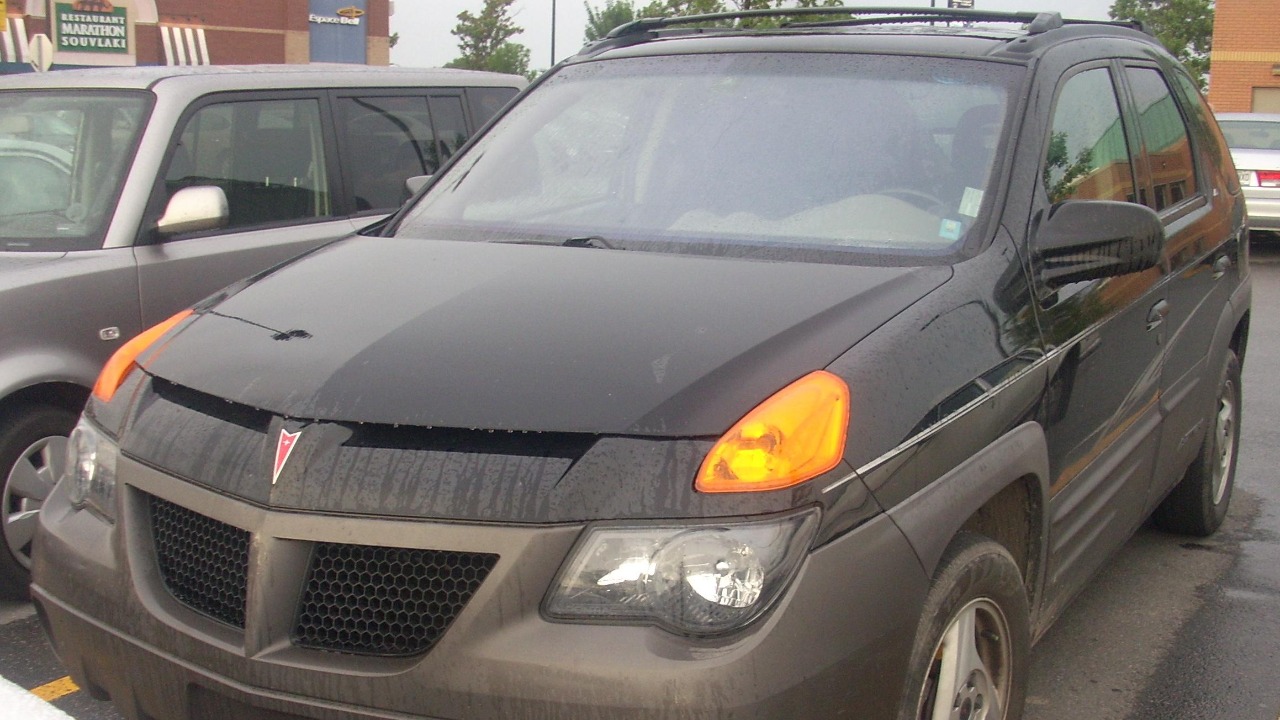
The Pontiac Aztek is often remembered for its polarizing design, which overshadowed its practical features. Released in 2000, the Aztek was intended to appeal to a younger audience with its versatile interior and adventurous spirit. Unfortunately, its unconventional looks led to widespread criticism, and the vehicle quickly became synonymous with poor design choices.
Despite its initial flop, the Aztek has gained a cult following over the years, partly due to its appearance in the popular TV series “Breaking Bad.” It remains a topic of discussion in automotive retrospectives.
Fisker Karma
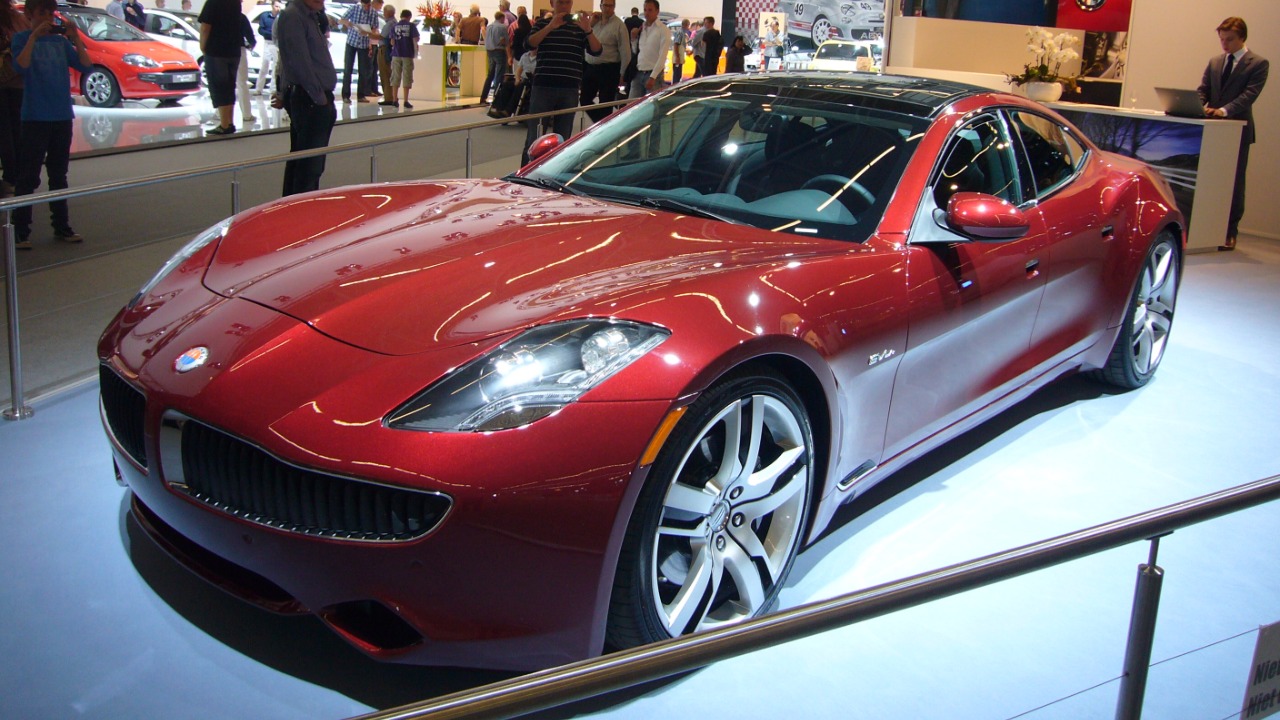
The Fisker Karma was a luxury plug-in hybrid sedan that promised style and sustainability. Launched in 2011, it featured an eye-catching design and eco-friendly technology. However, production setbacks, battery issues, and financial difficulties plagued the company, leading to Fisker’s bankruptcy in 2013.
While the Karma itself was short-lived, its story highlights the challenges faced by startups in the competitive automotive industry, especially when dealing with cutting-edge technology and manufacturing complexities.